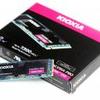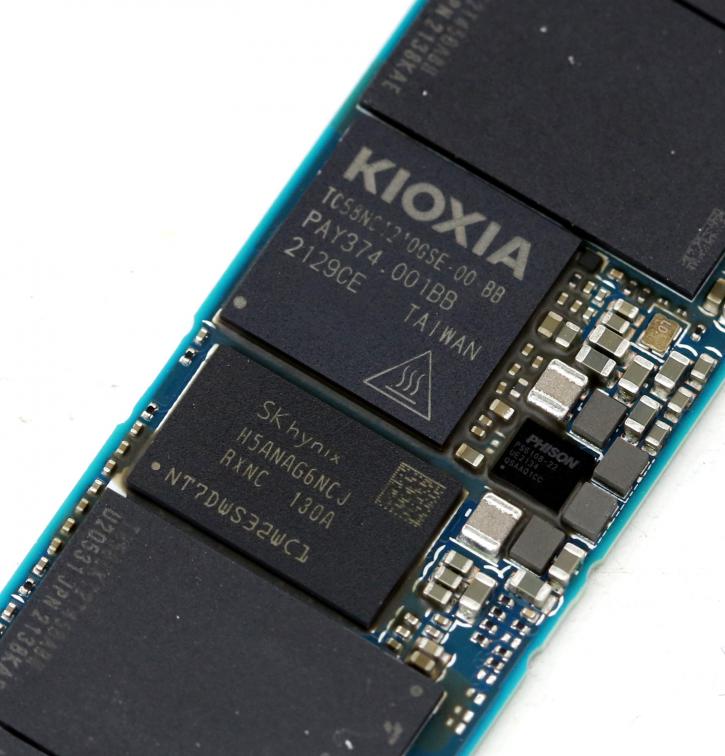Specifications & Features
Specifications & Features
Kioxia has always been an intriguing manufacturer of solid-state drives (SSDs). The Exceria SSD series remains reasonably priced, they have been lacking a high-end PCI-Express 4.0 device, until now. This is finally changing with the introduction of the Kioxia Exceria Pro. Kioxia's newest SSD and the well-known Phison E18 controller are built on the same platform as the vast majority of high-end PCI-Express 4.0 SSDs on the market today. While the majority of these drives use Micron's 96- or 176-layer TLC memory, Kioxia's own 112-layer BiCS5 TLC NAND flash is being used.
The series will be fitted with TLC written 3D NAND flash memory (vertically stacked over 112 layers). This allows the company to offer proper storage volumes. So instead of using Planar NAND, 3D NAND is used. 3D TLC NAND is physical vertical NAND cell stacking not to be confused with chip stacking in a multi-chip package. In 3D NAND, NAND layers, not chips, are stacked in a single IC. The good news is continued cost reduction, smaller die sizes and more capacity per NAND chip. Also, installed NAND toolsets in the wafer fabs can, for the most part, be reused, thereby extending the useful life of fab equipment. Unleashed by the PCIe 4.0 ready AMD B550/X570 chipset and Intel Rocket Lake-S / Z590, the SSD reaches up to an advertised 7000 MB/sec sequential read – fourteen times the performance of many SATA SSDs and seventy times faster than some hard disk drives. The performance stems from the hugely increased bandwidth of PCIe 4.0 (PCI-Express Generation 4), a feature that will be made available to customers for the first time as part of the AMD X570 chipset and 3rd Generation AMD Ryzen Desktop Processors. Easily fitting into a PCIe 4.0 x4 M.2 slot, the NVMe interface has been bumped upwards to the new 1.4 protocol and high-density TLC NAND combine with a fast controller to enable a new level of single-drive SSD performance. Boasting staggering numbers.
Phison PS5018-E18 controller
Although Kioxia is not confirming the controller rebrand, we are 9.99% certain this is a rehashed Phison E18, and that company is known for its flash NAND controllers and became very influential the past few years. The PS5018-E18 controller is based on a Cortex-R5 ×3, processor design and is manufactured at TSMC 12nm. By bringing this controller towards NVMe revision 1.4 the transfer rate per channel has increased from 800MT/s towards 1200 Increased to MT/s. And when you math that, that means a maximum transfer speed of roughly 7GB/s for both sequential reads and writes. Here's a nice value as well, random read/write performance would be listed at 1 million IOPS, and all that with an expected peak energy consumption of 3W for the controller alone


